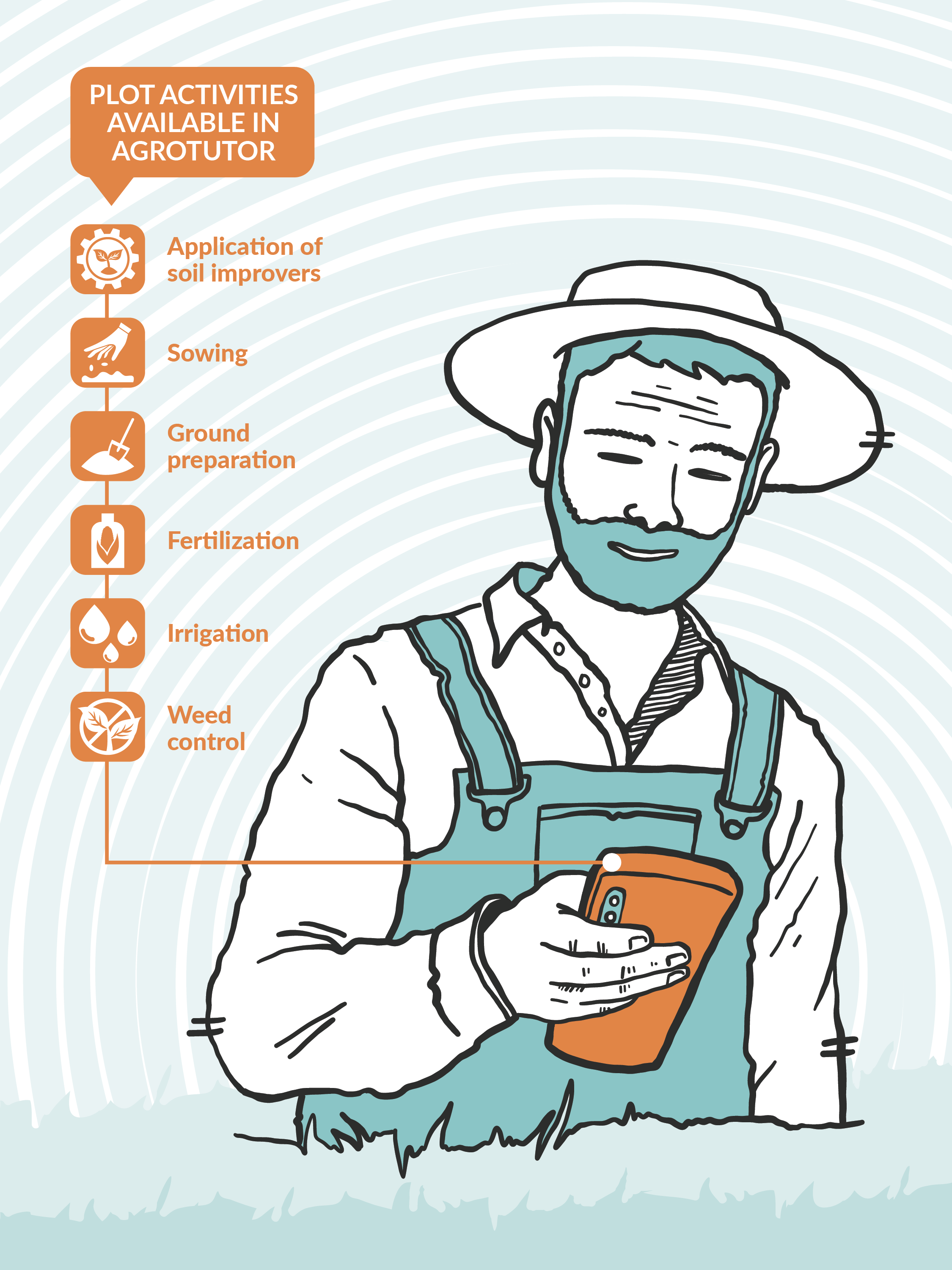PIONEER DATA SYSTEMS
DRIVE CHANGE
 The International Maize and Wheat Improvement Center (CIMMYT) is using data from nearly 200,000 plots to offer Mexican farmers site-specific recommendations to make their farming systems more productive, resilient, and sustainable. In 2019, 483 field technicians and farmer leaders collected data from 632 demonstration modules and 2,437 extension areas, covering more than 26,000 hectares across the country. This initiative is part of MasAgro, Mexico’s integrated development partnership with CIMMYT, funded by the Secretariat of Agriculture and Rural Development (SADER).
The International Maize and Wheat Improvement Center (CIMMYT) is using data from nearly 200,000 plots to offer Mexican farmers site-specific recommendations to make their farming systems more productive, resilient, and sustainable. In 2019, 483 field technicians and farmer leaders collected data from 632 demonstration modules and 2,437 extension areas, covering more than 26,000 hectares across the country. This initiative is part of MasAgro, Mexico’s integrated development partnership with CIMMYT, funded by the Secretariat of Agriculture and Rural Development (SADER).
Data collectors can register up to 500 data variables from each plot monitored, describing management practices and important moments of the crop cycle. These records are fed into the MasAgro Electronic Field Book, a monitoring system that CIMMYT and its partners developed in 2012 to standardize data collection and management practices in Mexico. Since then, more than 218,000 logs have been entered into the system. To complement this information, CIMMYT-trained extension agents and field technicians load geographic information onto an open data collection system called ODK Collect.
CIMMYT collaborates with the International Center for Tropical Agriculture (CIAT) and the International Institute for Applied Systems Analysis (IIASA) to look for correlations and patterns in the datasets, to identify possible limiting factors and best management practices for each plot monitored. The resulting analytics feed a multi-platform application called AgroTutor that assists farmers’ decisions by offering recommended agricultural practices, ideal periods or windows of opportunity for performing specific activities, historic yield potential records, commodity price forecasts, and historical data for local benchmarks.
The use of machine learning algorithms for data analysis is common in different fields, including agriculture, but has rarely been accessible to small and medium-sized farmers. For that reason, the tools developed by CIMMYT for the MasAgro project have been acknowledged for producing predictive and prescriptive site-specific analytics for the benefit of resource-constrained farmers.
In addition to increased productivity and profitability for farmers, applying these insights has contributed to the sustainable use of natural resources and has led to more informed and effective public policies and projects.
The United Nations (UN)-sponsored Counting on the World to Act report by the Sustainable Development Solutions Network (SDSN) and the Thematic Research Network on Data and Statistics (TReNDS) describes CIMMYT’s data management systems and tools as examples of “frontier technologies” that effectively contribute to sustainable farming in Mexico and respond to the Sustainable Development Goals. “As part of the data revolution, efficiencies are being derived from lower-tech approaches such as using citizen-generated data and smartphones to speed up existing survey-based approaches,” reads the introduction to CIMMYT’s sidebar story in Chapter 4 of the report, Incentives for Innovation, presented in September 2019 during the 74th Session of the UN General Assembly.